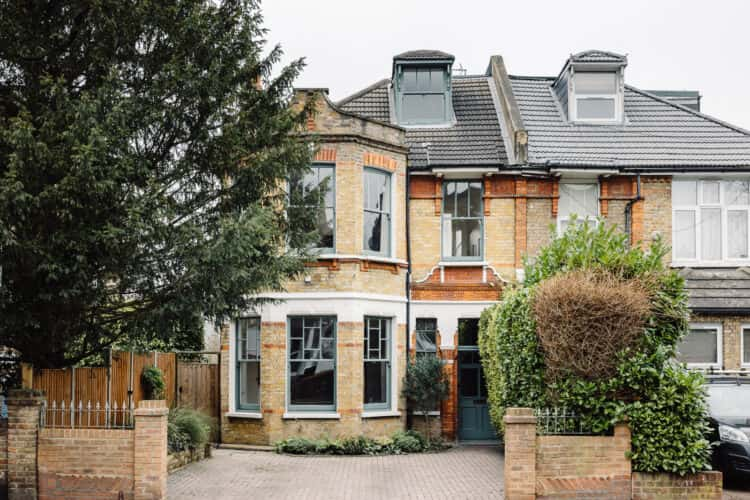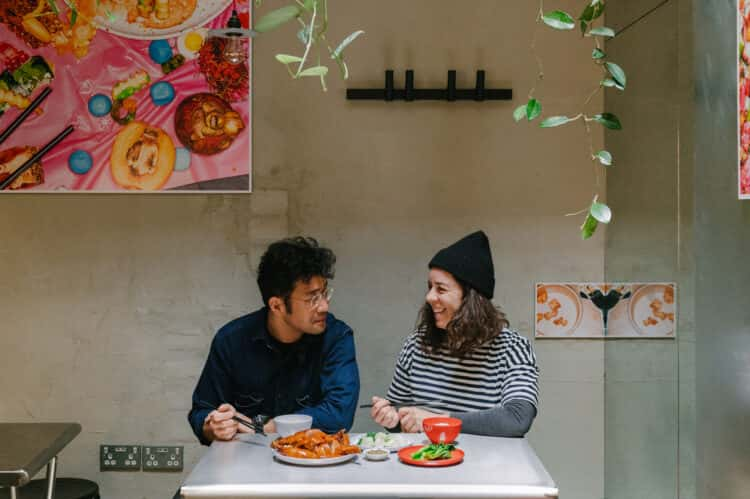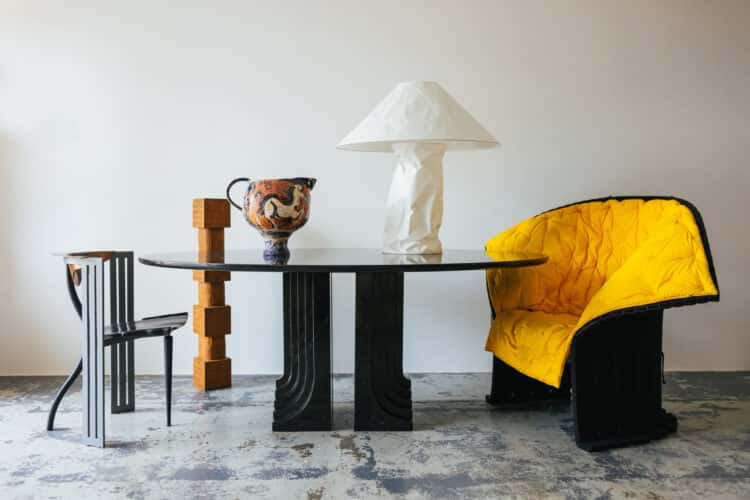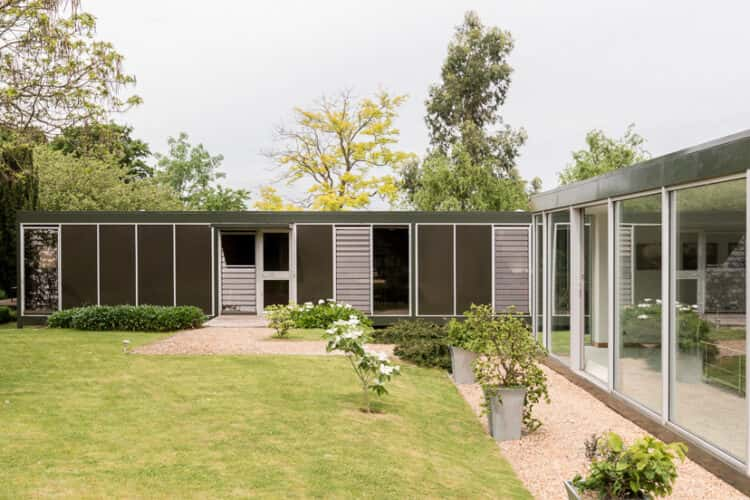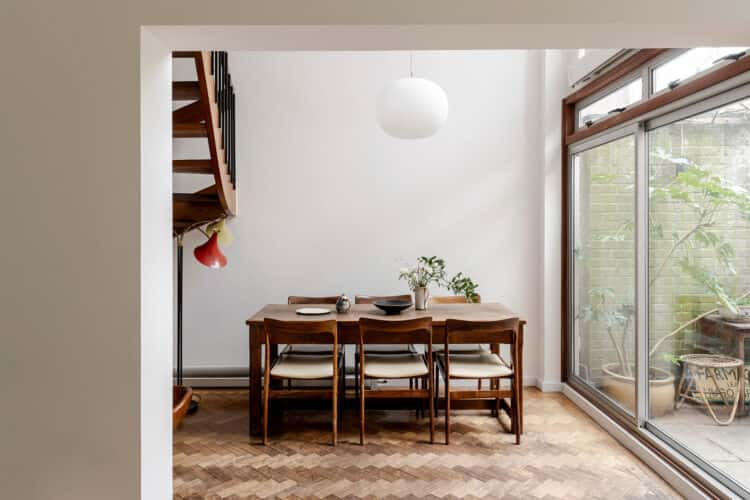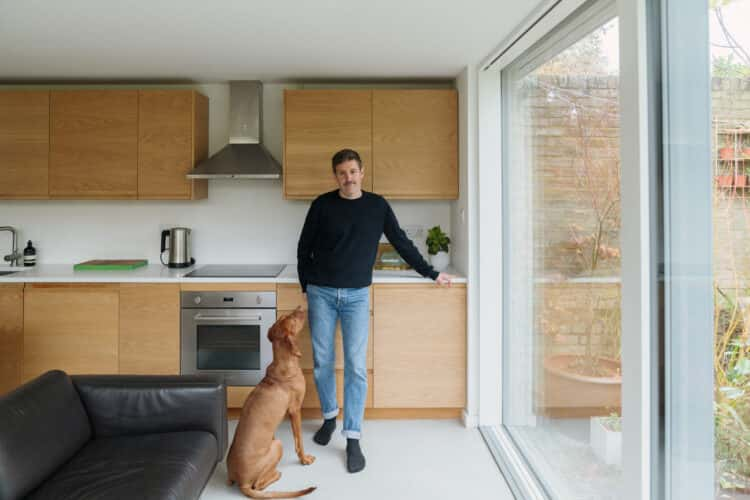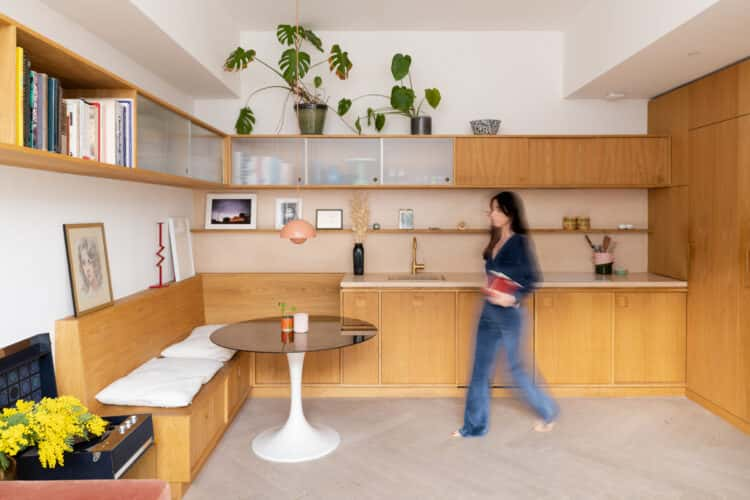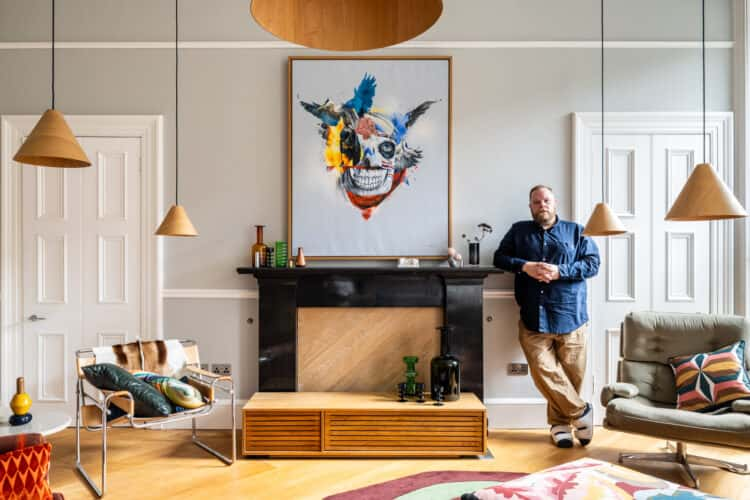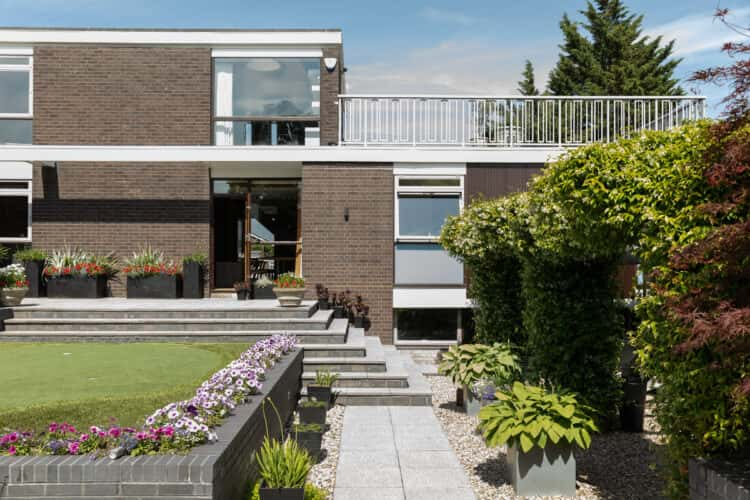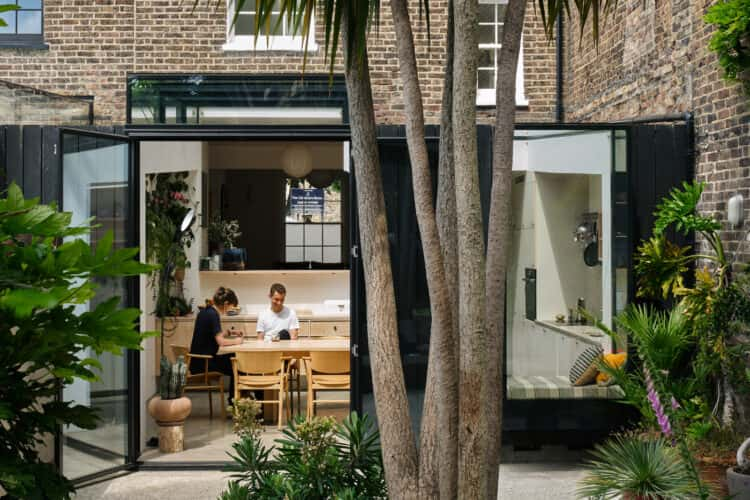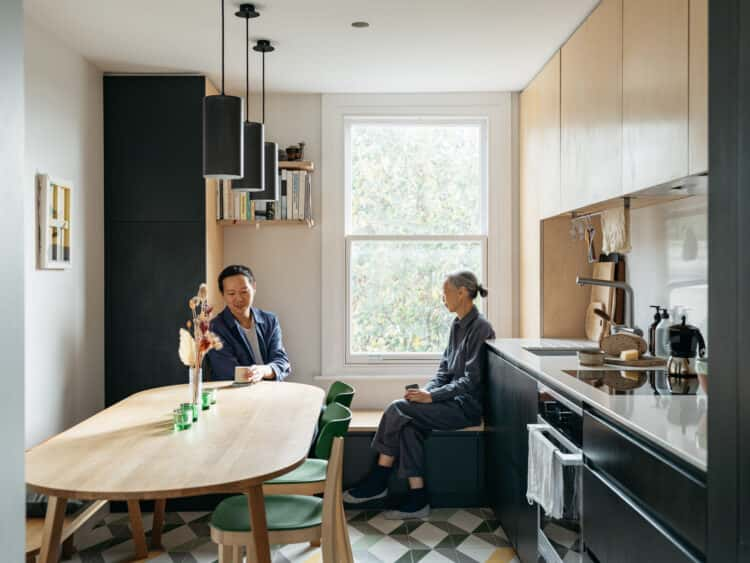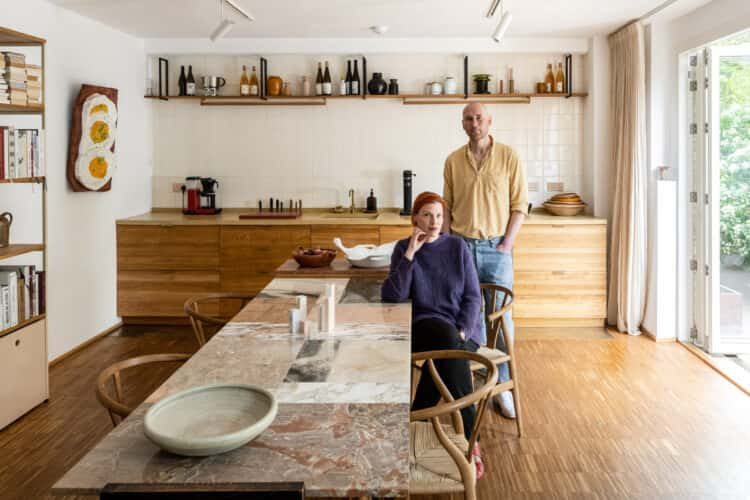Oh Wonder’s Anthony and Josephine Vander West on creating a home and studio in Dulwich, south-east London, as personal as their dreamy alt-pop music
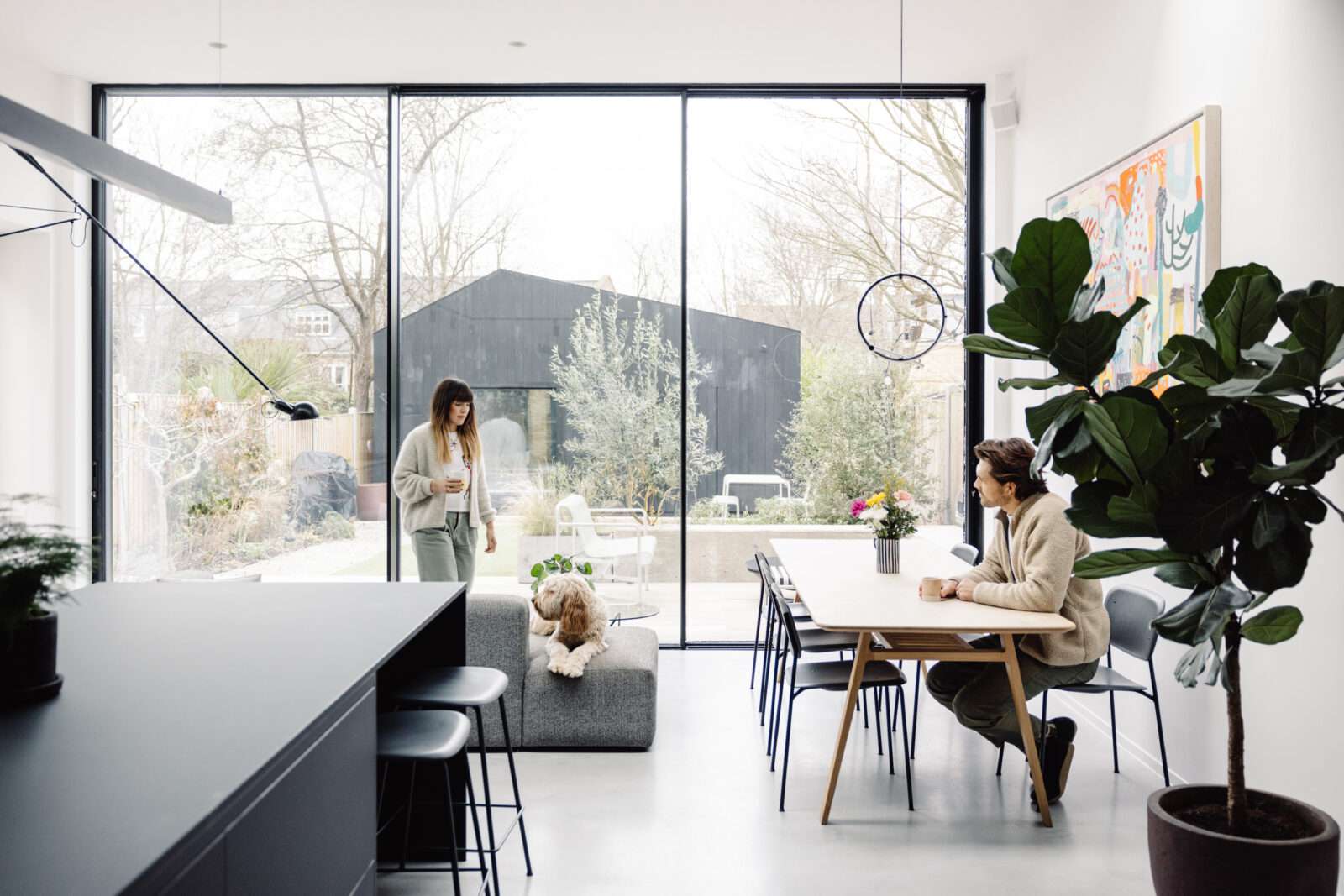
The interior is peaceful, yes, but equally brimming with personality too. The walls are lined with colourful abstract paintings that Anthony and Josephine have collected on tour, while the space is filled with beautiful contemporary furniture by the likes of Faye Toogood and, naturally, the odd instrument or two. As their home comes on the market, Anthony and Josephine show us around and tell us about how they made some of their most personal records in their home studio (and the soundproof parties they’ve had in there, too).
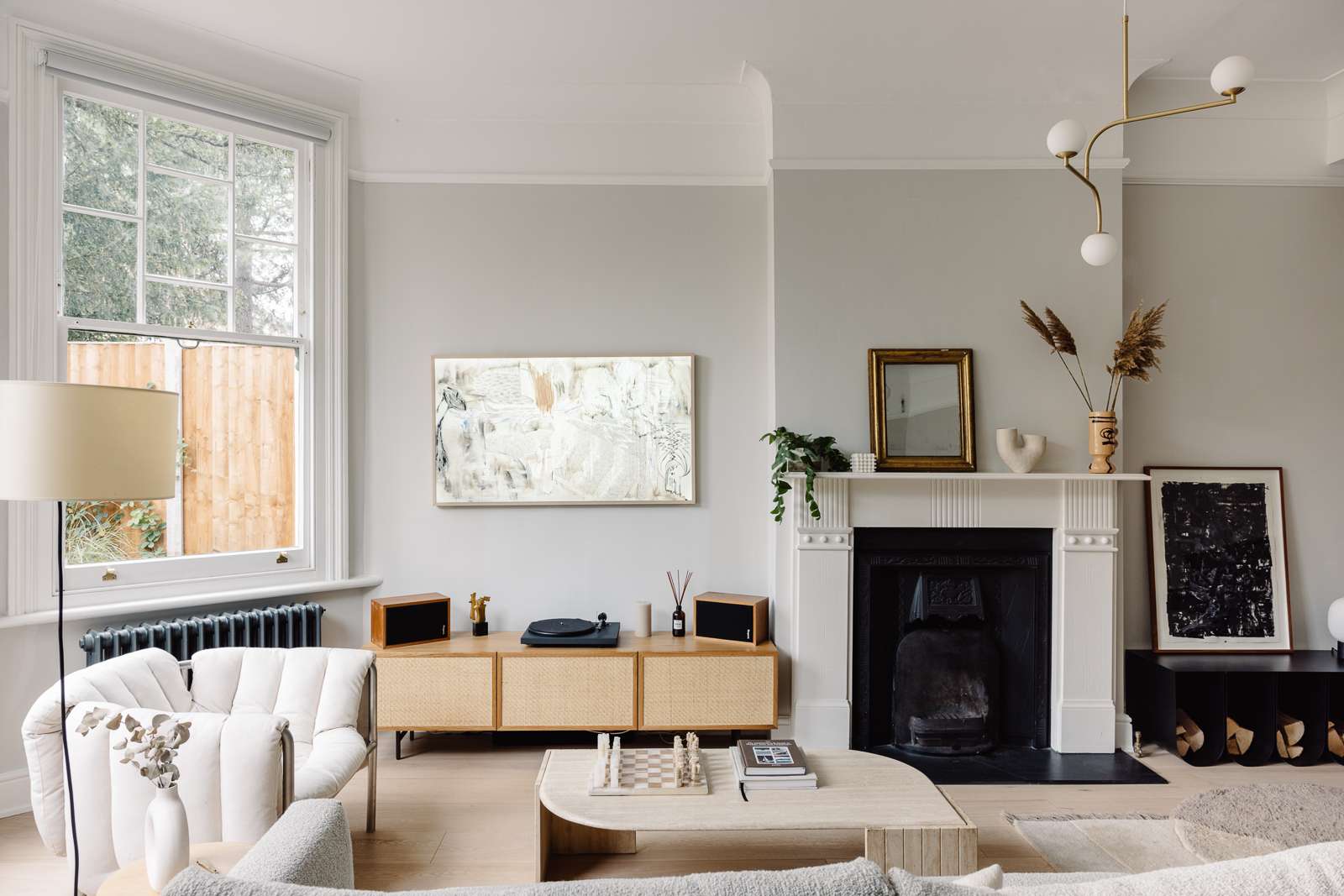

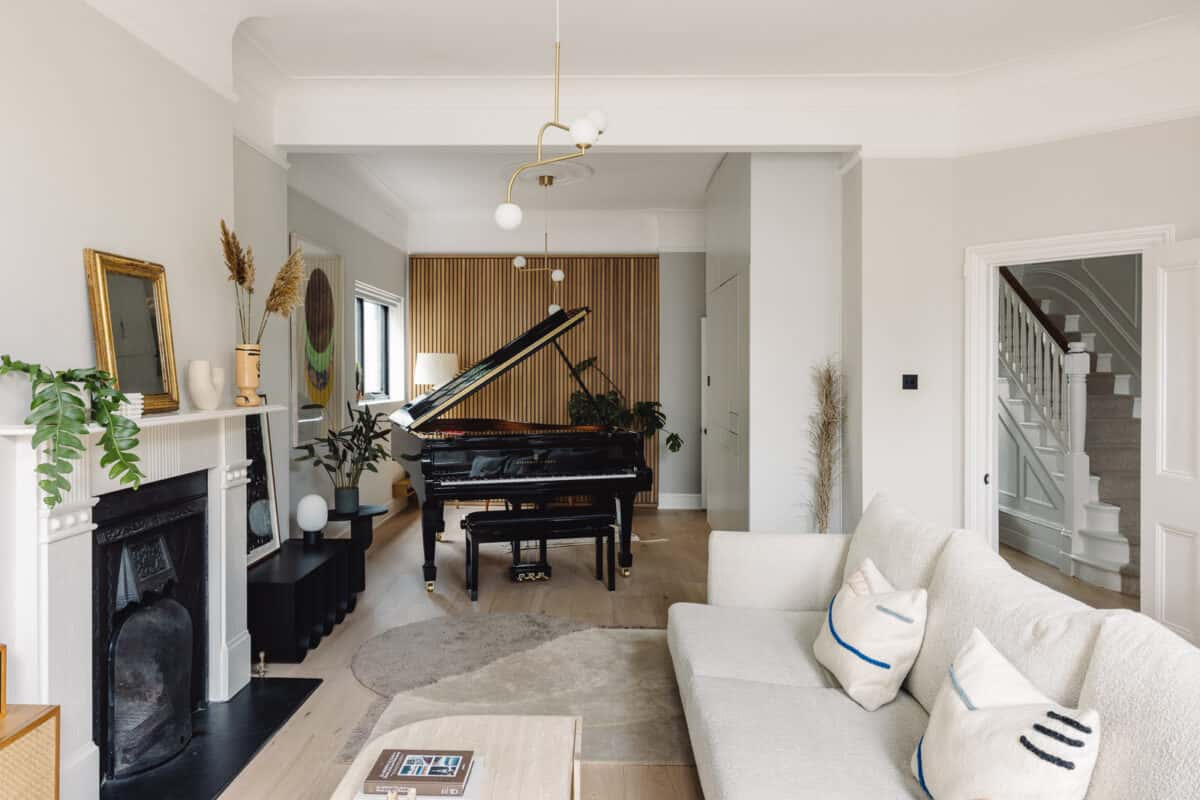
Anthony: “We bought this place four years ago, following a period of touring with our band, Oh Wonder. Touring can be very confining and we wanted to come back to a home where we were able to breathe.”
Josphine: “We were previously living in a flat in Brockley. We had made an album in the spare room, which was tiny – you couldn’t even get a bed in there – and we just wanted more space. We wanted to find somewhere we could build a recording studio. After the flat, which had quite awkward living spaces, we wanted something open plan with high ceilings. It was quite obvious that we were looking for a Victorian house.”
Anthony: “We looked at a lot of houses on this street, which has a really interesting history. It was actually an architect’s showcase – so if you were an architect in Victorian times, you’d build houses here to demonstrate what they would look like. No two Victorian houses on this road are the same.”
Josephine: “We instantly knew this was the one; we had that gut reaction when we walked in. It looked completely different to how it does now – there were old red velvet curtains and many more walls – but the space felt open and calm. Plus it had the beautiful private garden where we could have the studio.”
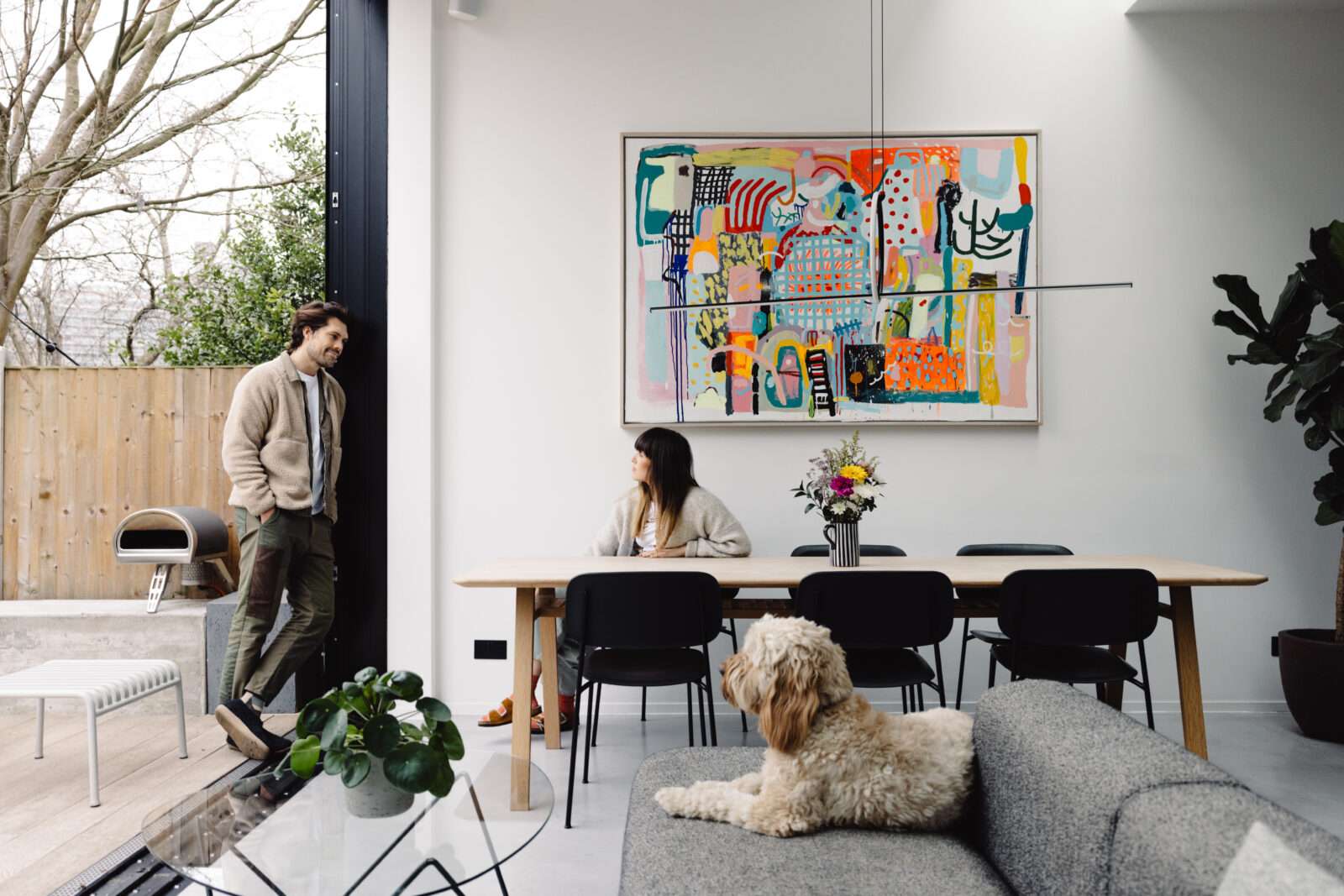
Anthony: “Even though it felt more spacious than a typical Victorian house, we still knocked down two internal walls, which is one of the most exciting things you can do to a house. It gives it a new lease of life. We sunk the floors in the kitchen area and put down micro cement, while the floor-to-ceiling glass doors mean you really feel the seasons. Autumn is just unbelievable.”
Josephine: “There’s a blossom tree near the window, so spring here is also a joy. The interior is a balance of both of our personalities. Ant is into Danish design and the muted, Scandi aesthetic. I favour colour, print and maximalism – the space is maximalist in the height and the grandeur of the glass doors; the art adds colour and print.”
“As the ceilings are so high, the walls can hold a lot of pieces. Every six months, we move our art around, so you can enjoy different paintings and prints in different rooms. The large abstract canvas in the kitchen is by Kindah Khalidy. It’s just so wild and I love that it’s such a juxtaposition to the kitchen. I also love the painting in the hallway, which reminds us of touring. It shows a motel in the mountains of Vancouver. We’ve seen so many truck stops, staying in low-key motels, but the views are amazing.”
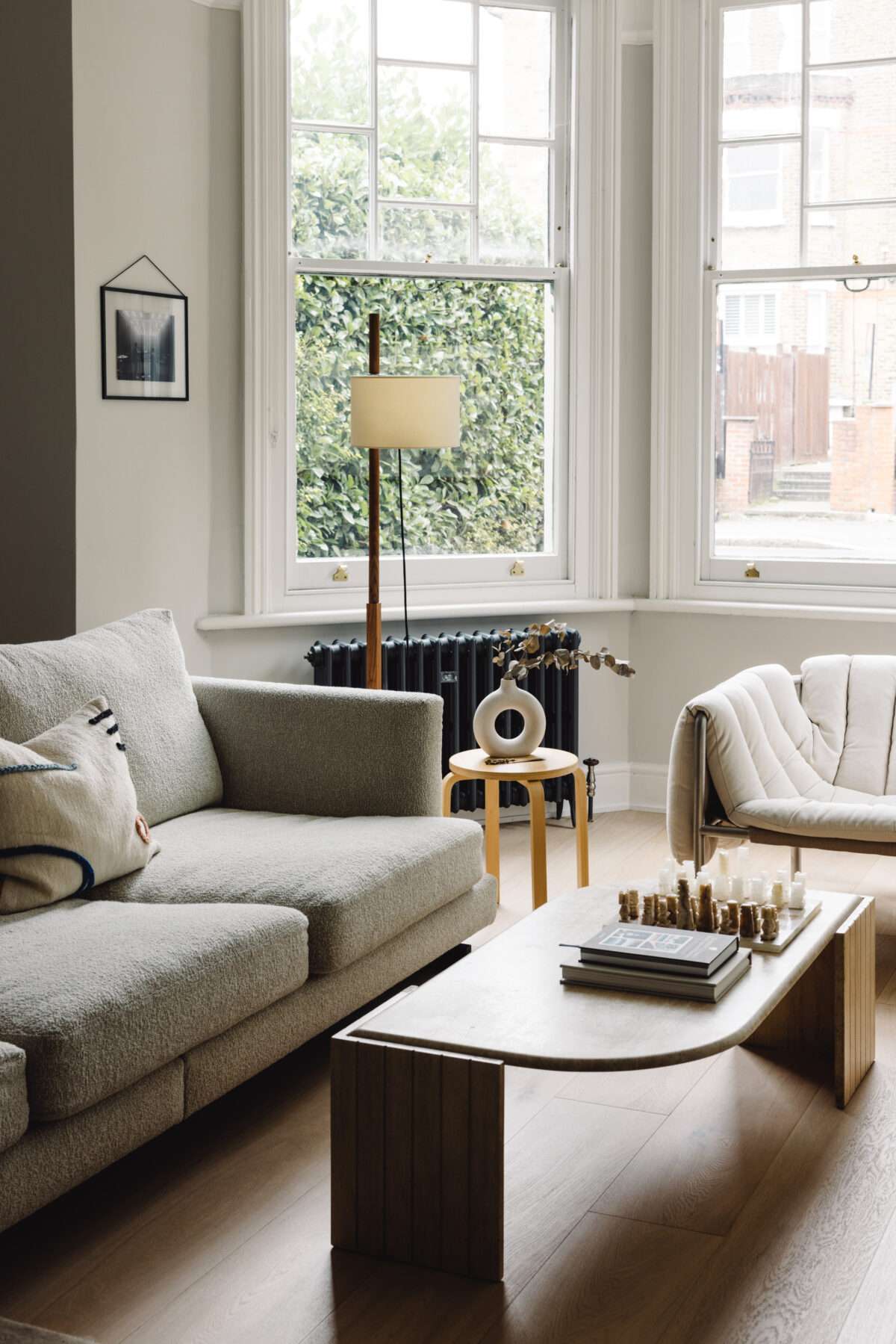
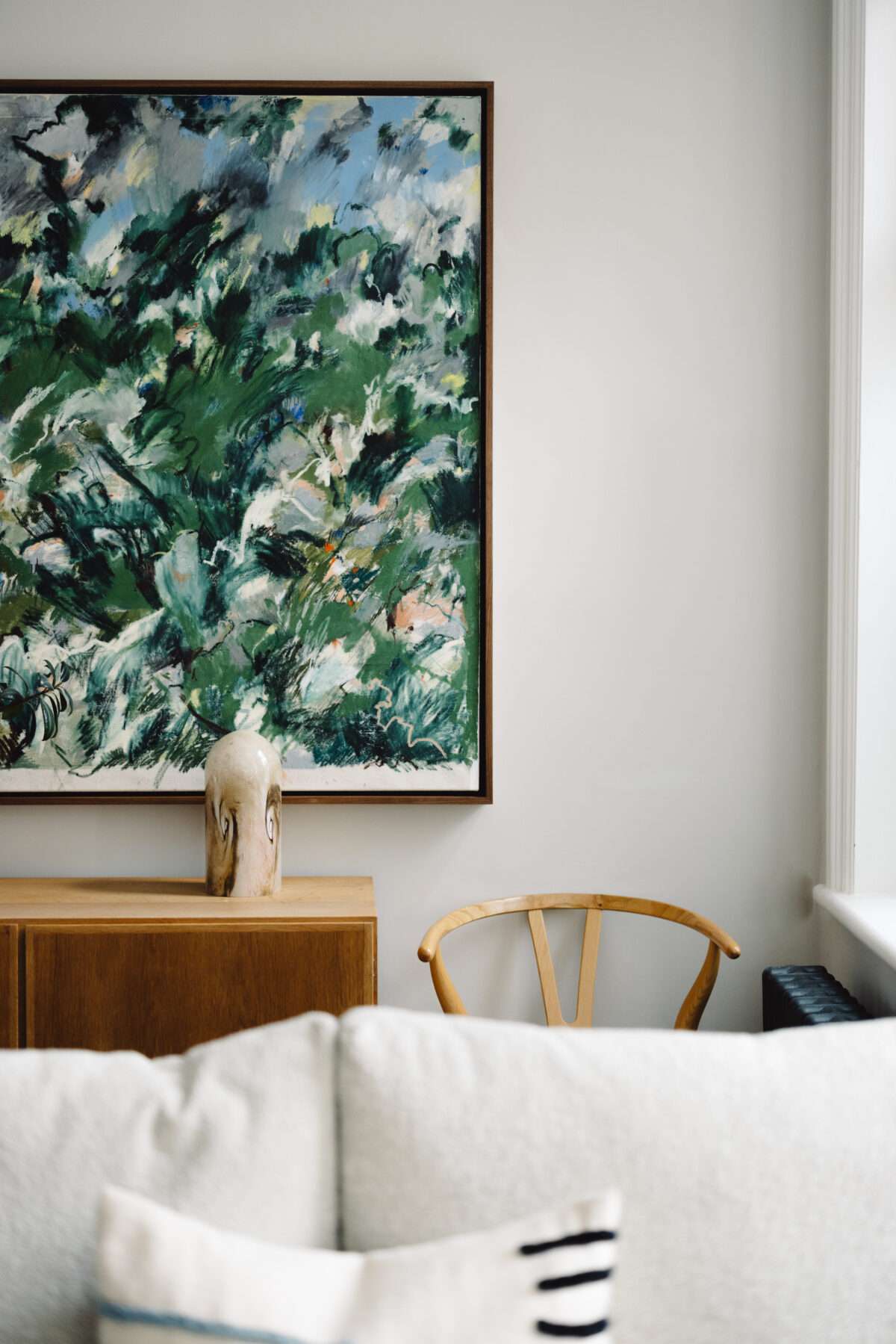
Josephine: “The interiors – in particular the living room’s – do reflect the type of music we make. It’s often described as a musical comfort blanket: it’s pared-down, soft electro-pop. Our house is calm and gentle, but that means we can use it as a springboard for crazy ideas. We can be ambitious and daring with our creative thoughts.
“The kitchen’s the most wonderful entertaining space. We’ve had so many good parties in this house. We had Ant’s 30th birthday here and managed to pack about 100 people in. And we’ve had lots of amazing soundproof parties in the studio.”
Anthony: “The joy of the studio and the house is that they interact together. Cables run underground to the house, so we can set up drums to record in the living room, while we play in the studio. Victorian houses make music sound really good too. We’ve recorded three albums and an EP here.
“Recording studios are usually quite dark because they’re generally underground and have really thick walls. When we were working in LA, we took up residency at a studio owned by the producer Ryan Tedder. We recorded in his pool house with wraparound windows, so we were able to just bathe in the sun all day.”
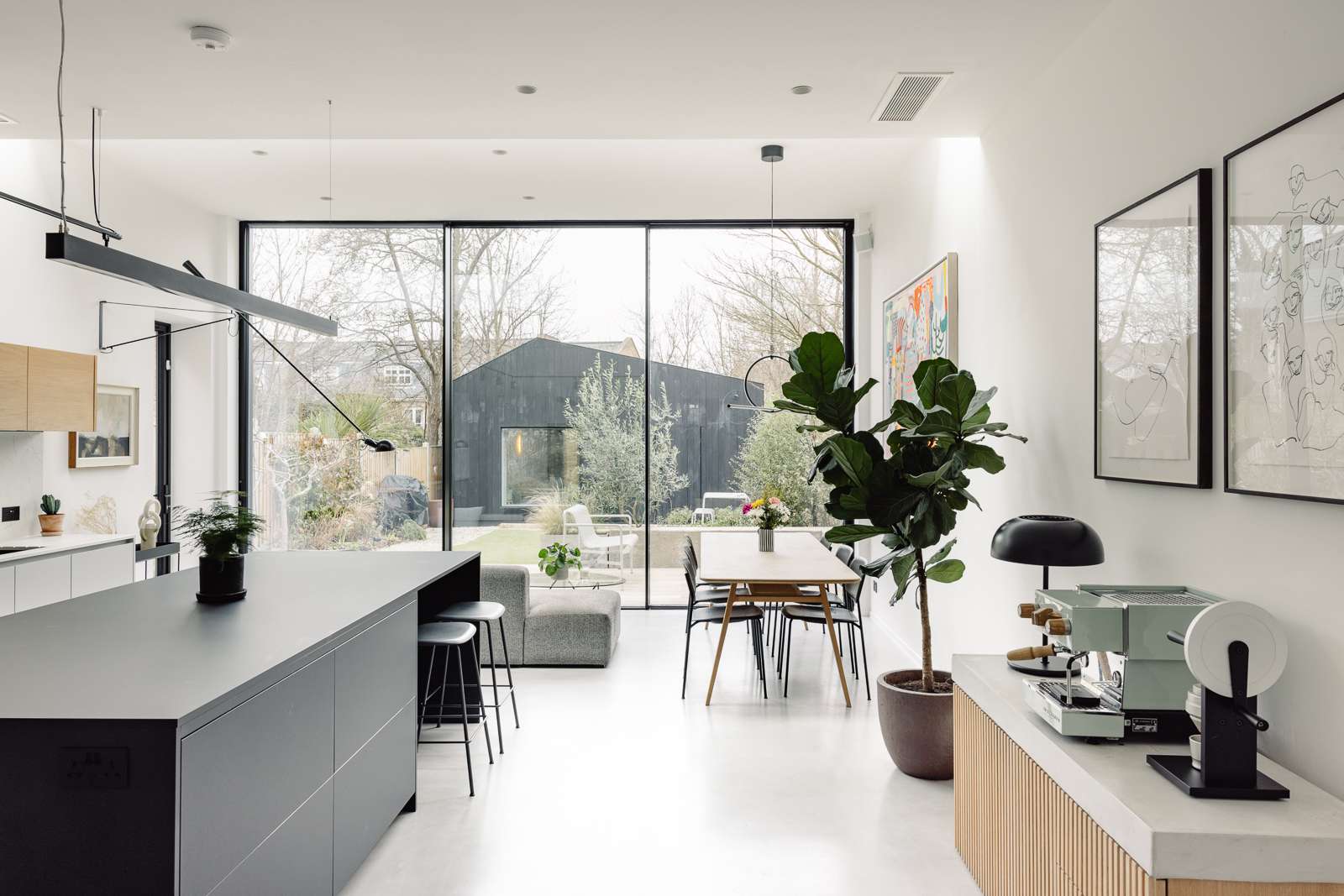
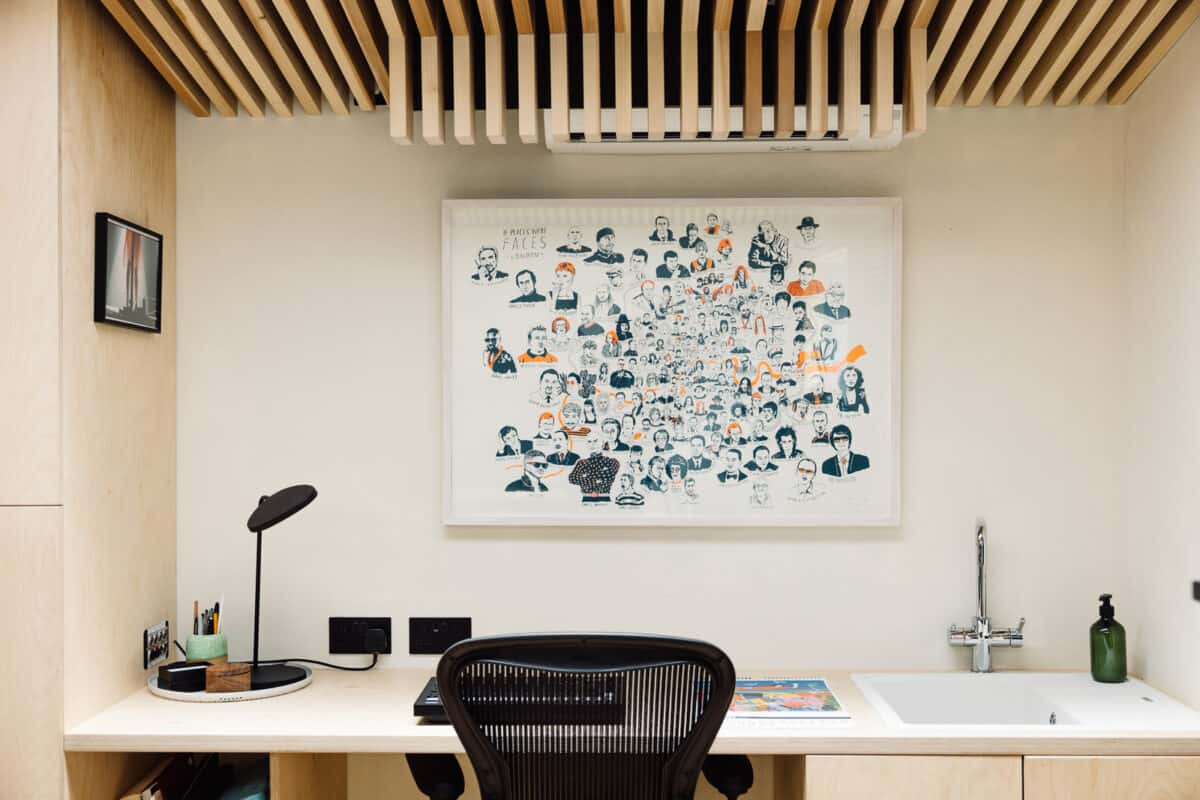
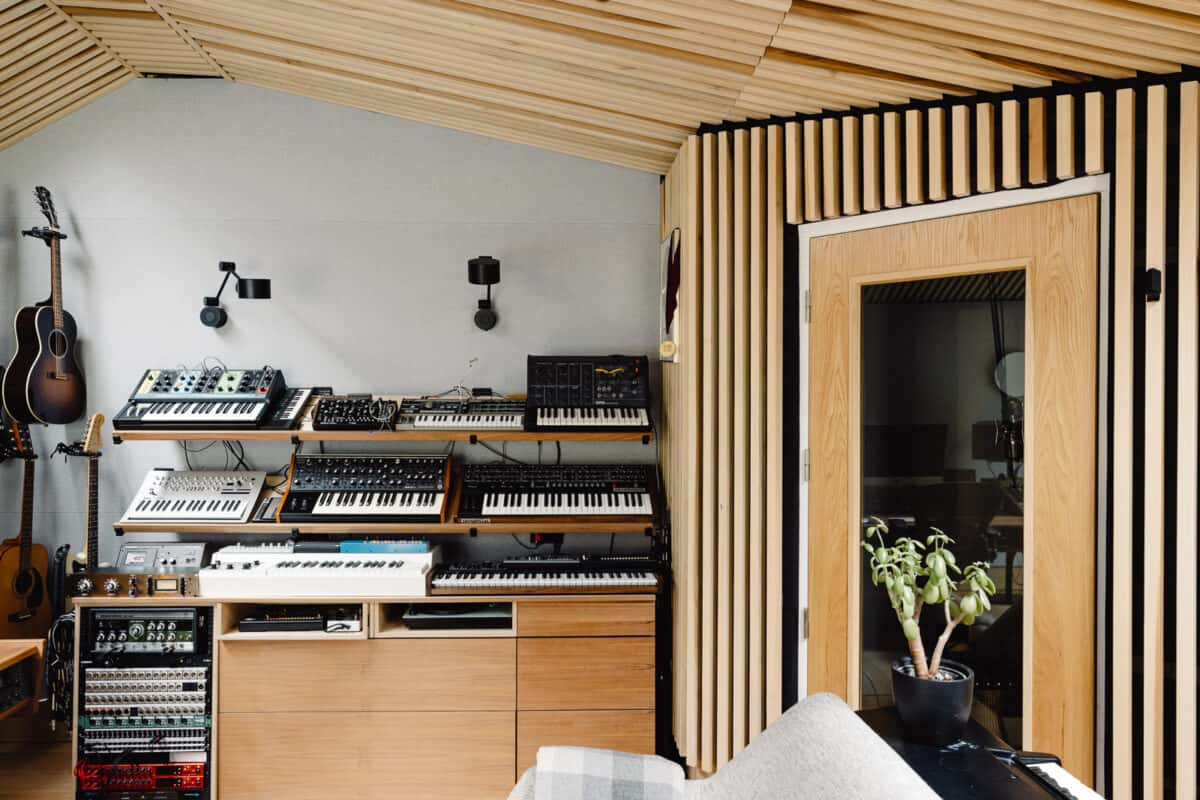
Josephine: “All his studios were in the bedrooms of the house and they were really bright – we’d never been in a studio that felt like that.”
Anthony: “That inspired the amount of glazing we have in ours. If there’s no sunlight, I find it hard to be inspired. Our studio is unbelievable. We’ve made some really personal records here.”
Josephine: “It’s great hosting sessions with other artists here too because they come into your home, have a cup of tea and meet the dog. It’s less intimidating than a hired studio and allows us and others to be more vulnerable. And at night, there’s the view of the house glowing. It’s beautiful.”
Anthony: “During the pandemic in 2020, our world tour was cancelled. We didn’t know where to put our energy, so we founded a coffee shop called Nola in Peckham. It was a fun project and another chance to explore our passion for design and interiors. As we always worked from home, we spent a lot of time inside. It meant we never really felt like a part of the neighbourhood. Nola showed us what it was like to be among the community; now we want to live somewhere we can walk to a studio, talk to other artists and have a commute.”
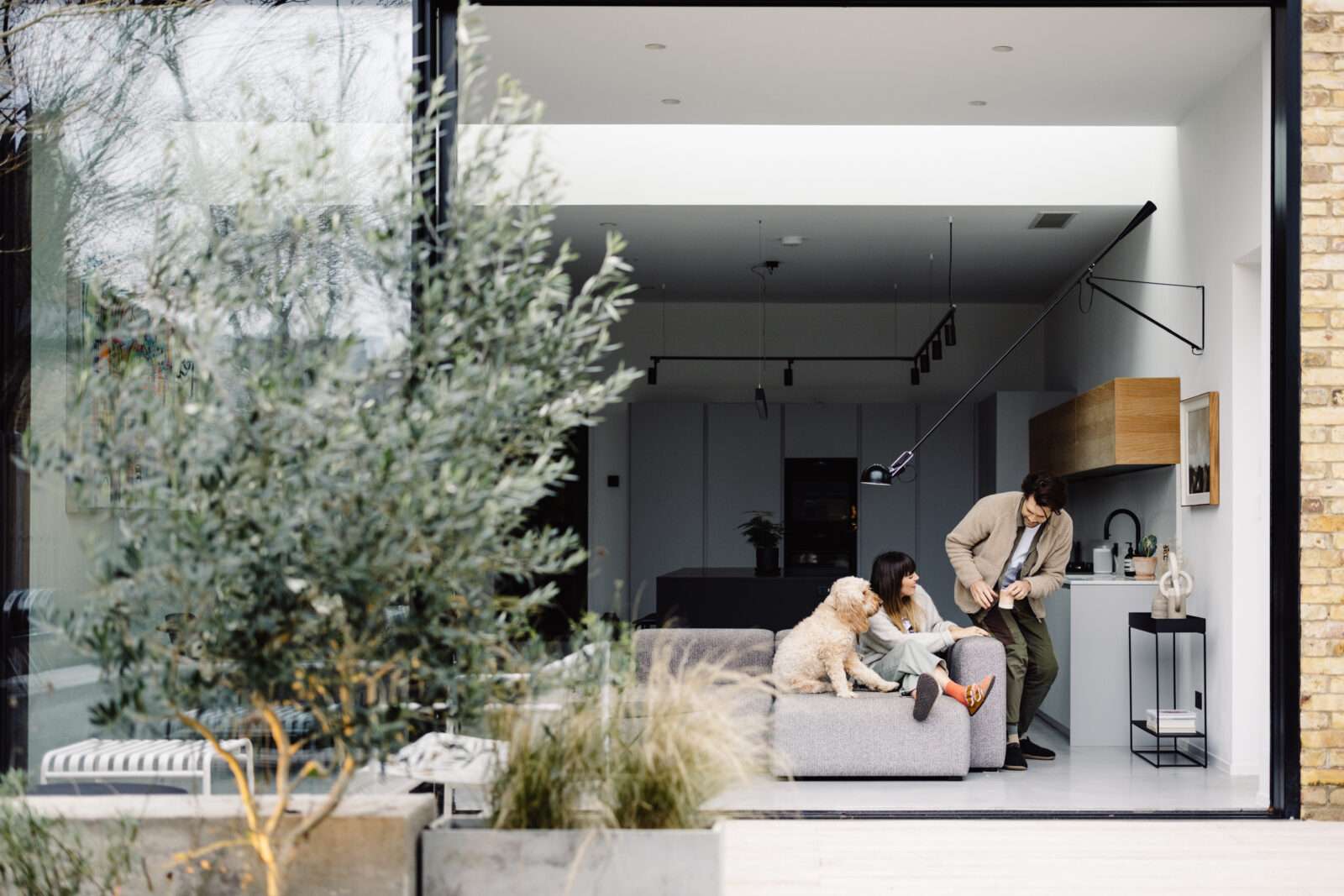
Josephine: “Community is something that’s become really important to us. We never had or valued it, but now we know what it feels like. The main drive for us moving house is to build a studio that is in a complex, so that on your lunch break you can knock on someone’s door and say, ‘Hey, do you want to go get a coffee?’
“Collaborating on the house has been a lot like collaborating on the music. Anthony’s really motivated by visuals, whereas I’m more practical and interested in how something is going to feel and what the experience of a space is going to be like.”
Anthony: “Just like our music, the renovation was very personal. We write our own melodies and lyrics and produce records ourselves – there’s generally no one else in the process. And that was the same with the house build – we didn’t have an architect; we designed it ourselves. We made sure that it was an extension of us, just like our music.”
